Table of Content
Greater Noida is rapidly positioning itself as one of the most attractive destinations for businesses in the National Capital Region (NCR). In line with this ambition, the Greater Noida Industrial Development Authority (GNIDA) has proposed a significant change to its building regulations. The authority has recommended that Greater Noida may double FAR (Floor Area Ratio) for IT, IT-enabled services (ITES), and Biotech Park plots. This policy shift is designed to address the rising demand for office and research spaces from global companies and domestic investors.
If approved by the state government, this move will align Greater Noida’s development framework with international planning standards while strengthening its role as an investment hub.
What is FAR and Why It Matters?
FAR, or Floor Area Ratio, is the ratio of a building’s total constructed floor area to the size of the plot on which it is built. In simple terms, it decides how much construction is permissible on a piece of land.
For instance, if a 1,000 sq. m. plot has an FAR of 2, a developer can build 2,000 sq. m. of total floor space. If the FAR is doubled to 4, the same plot can accommodate 4,000 sq. m. of construction.
This simple metric plays a big role in shaping how cities grow. By increasing FAR, Greater Noida would enable developers to build larger, more efficient projects on the same land area. That’s why the proposal that Greater Noida may double FAR is seen as a potential game-changer for the region’s real estate and investment outlook.
Also Read: Navi Mumbai’s Office Market Expands to 23.8 Mn Sq Ft, Contributing 20% to MMR’s Commercial Supply
GNIDA’s Proposal and Committee Recommendations
GNIDA has proposed increasing FAR for IT, ITES, and biotech plots from the existing 2 to 4. However, a committee formed to study the matter has suggested a phased approach.
- For plots located on roads less than 24 meters wide, the FAR should remain at 2.
- For plots on wider roads (24m or more), FAR could be raised to 2.5.
The committee also reviewed practices in nearby regions. Notably, Noida already permits FAR of 2.5 for IT/ITES plots on wider roads. Hence, aligning Greater Noida’s policy with Noida’s would ensure uniformity across the NCR.
At the same time, the proposal emphasizes that any additional FAR beyond 2 will be “purchasable.” The revenue collected through this mechanism can be reinvested into upgrading local infrastructure water pipelines, sewerage systems, and road networks—ensuring sustainable high-density growth.
Industry Demand Driving the Change
The push for higher FAR comes directly from industry stakeholders. IT companies, biotech firms, and global service providers have been steadily expanding their presence in the NCR. With multinational technology giants and research-driven enterprises eyeing the region, the demand for larger office campuses and R&D facilities has surged.
Stakeholders argue that the existing FAR of 2 is insufficient to meet this demand. A higher FAR up to 4 would allow companies to maximize land use, improve cost efficiency, and create global-standard workspaces. In fact, industry experts believe that without such changes, Greater Noida risks losing investment opportunities to other hubs like Bengaluru, Hyderabad, or Pune.
Thus, the idea that Greater Noida may double FAR is strongly backed by occupiers, developers, and investors who see it as essential for keeping the region competitive.
Infrastructure Implications of Higher FAR
While doubling FAR brings opportunities, it also creates challenges. Higher density means more people, more vehicles, and greater strain on existing infrastructure. Civic services such as water supply, sewage treatment, and arterial roads would need upgrades to accommodate the additional load.
GNIDA has acknowledged this and plans to reinvest revenues from purchasable FAR into infrastructure projects. This strategy ensures that higher-density developments are not only economically viable but also sustainable in the long term.
If executed properly, this reinvestment could transform Greater Noida’s civic framework, making it one of the most future-ready investment destinations in the country.
Economic and Business Benefits
The decision that Greater Noida may double FAR carries major economic implications. By allowing more built-up area on the same plot, developers can lower per-square-foot costs, making projects more attractive to multinational corporations and startups alike.
Key benefits include:
- Increased Investments – Large IT campuses, R&D centers, and biotech parks can be developed.
- Boost to Ancillary Industries – Growth in IT and biotech sectors will support retail, hospitality, logistics, and other allied industries.
- Job Creation – Larger campuses mean thousands of new jobs for skilled professionals across NCR.
- Global Competitiveness – With higher FAR, Greater Noida can match global benchmarks in land utilization and workplace design.
Also Read: Haryana Abolishes Stamp Duty on Purchase of 50 sq yards, 100 sq yards Plots
Regional Competitiveness
One of the strategic goals behind the proposal is to integrate Greater Noida with the larger NCR growth story. By aligning its FAR policy with that of Noida, the region can position itself as part of a cohesive technology corridor.
This corridor would not only attract global tech firms but also create synergies across industries, supply chains, and service ecosystems. In the long run, this will help NCR compete with India’s established IT hubs like Bengaluru and Hyderabad, while also attracting international investors seeking modern, scalable workspaces.
Conclusion
The proposal that Greater Noida may double FAR represents more than just a regulatory change it signals the city’s ambition to become a global business hub. By unlocking more construction potential on existing plots, the policy can make projects more viable, attract larger investments, and create significant employment opportunities.
However, the success of this move will depend on how effectively GNIDA balances higher-density development with infrastructure upgrades. If revenues from purchasable FAR are reinvested wisely, Greater Noida could emerge as one of the most dynamic investment hotspots in India.
In the coming years, this bold step could redefine NCR’s skyline and strengthen Greater Noida’s position as a key player in the country’s technology and biotech growth story.


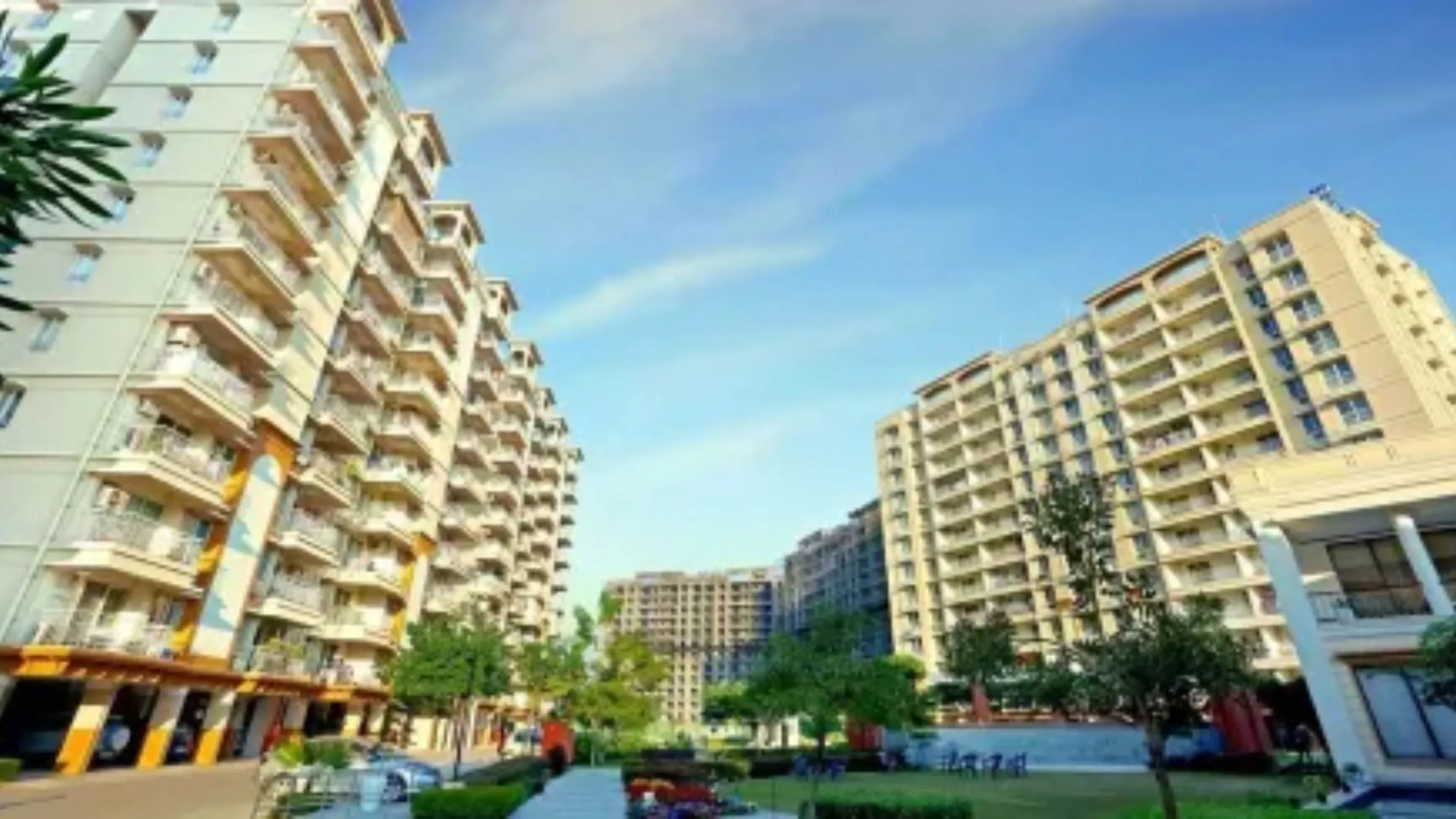
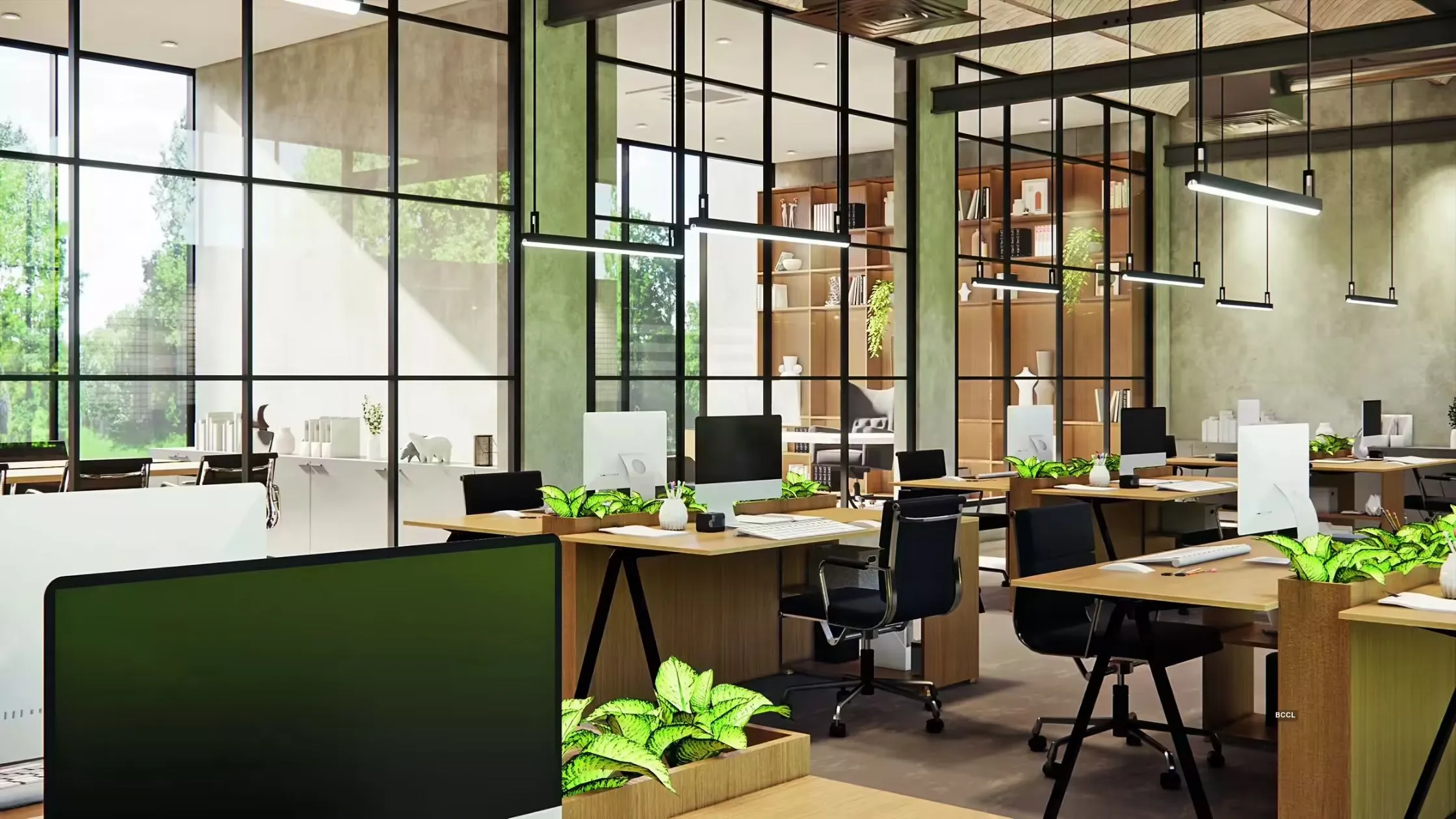
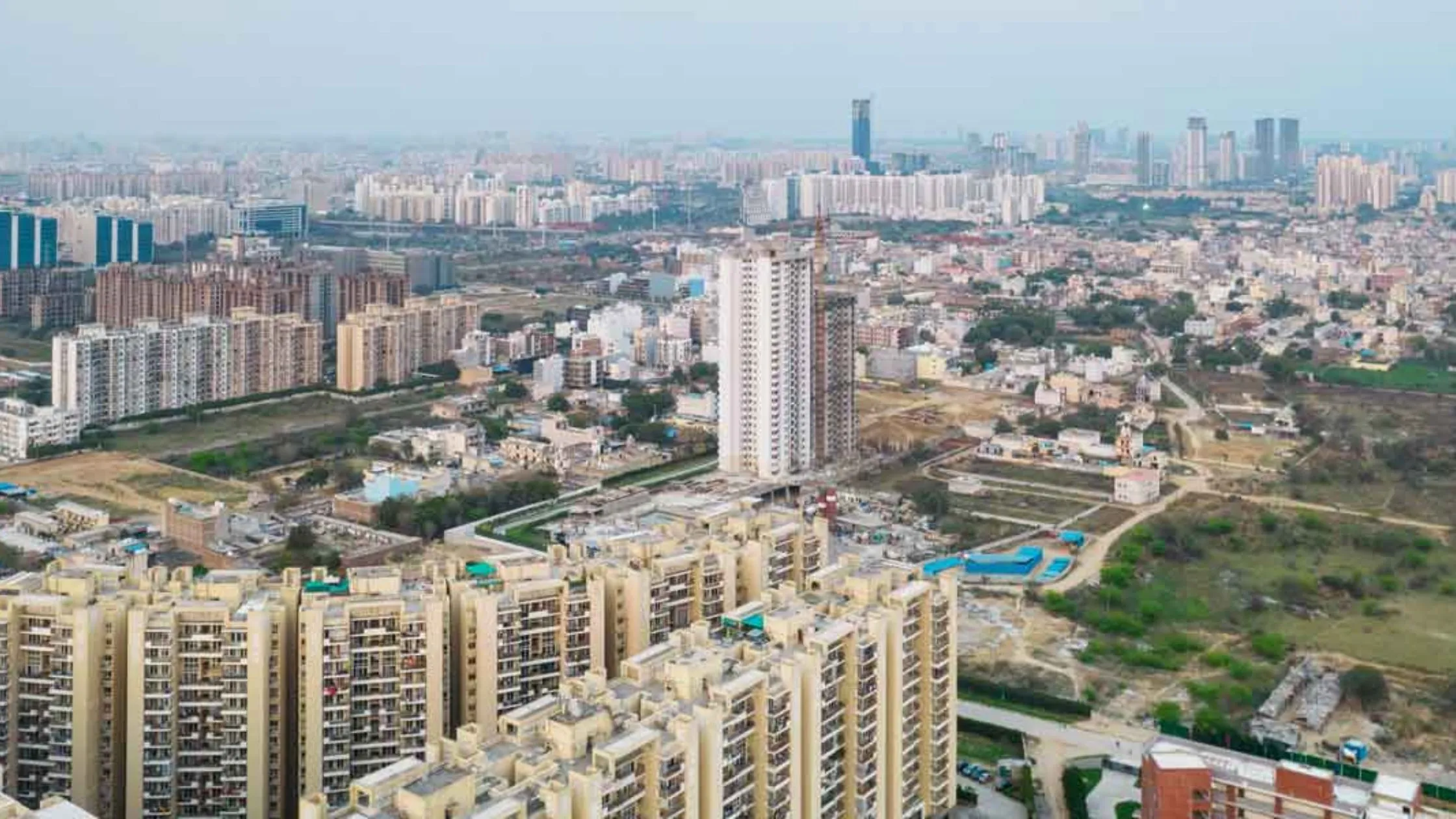
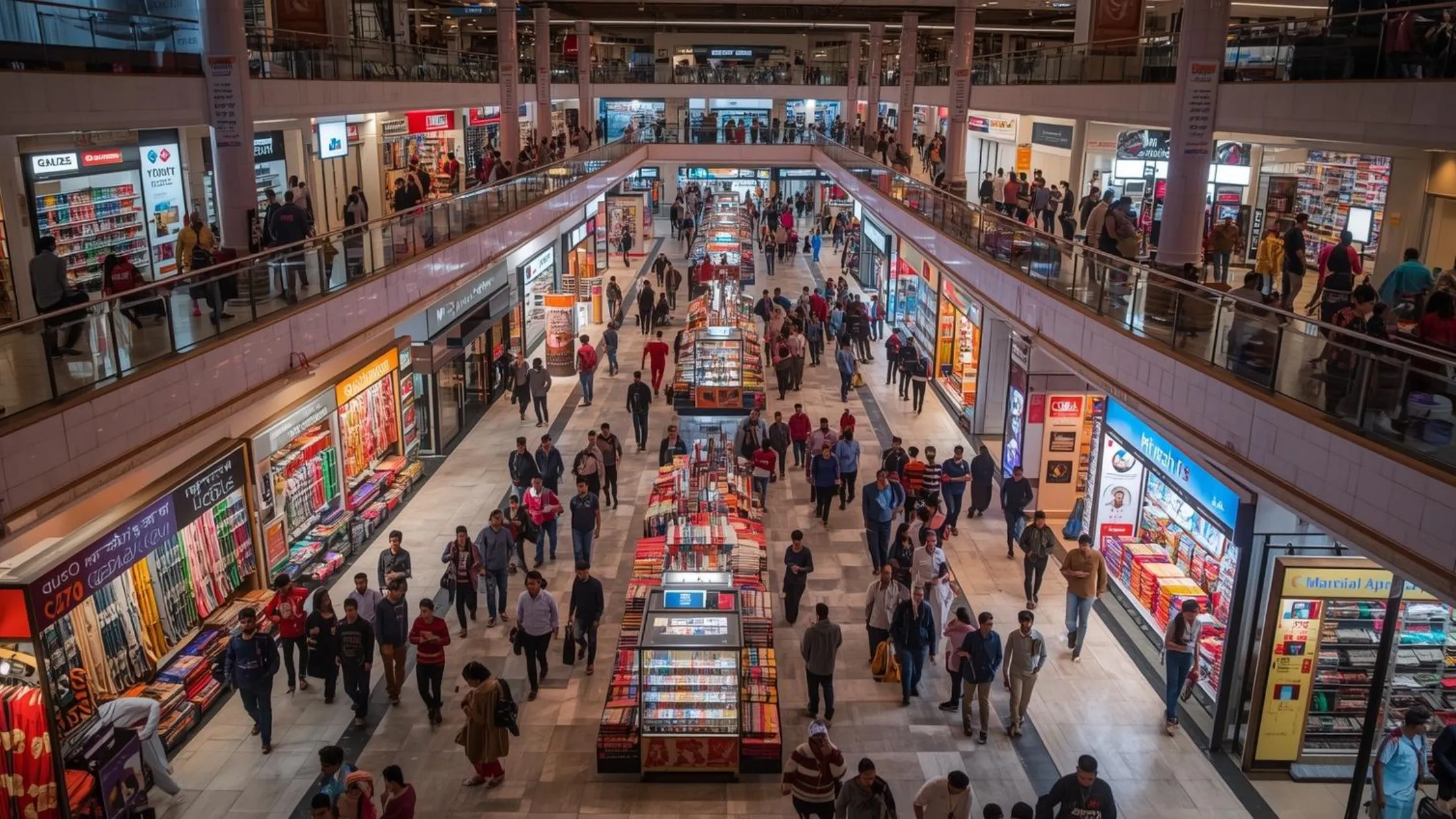

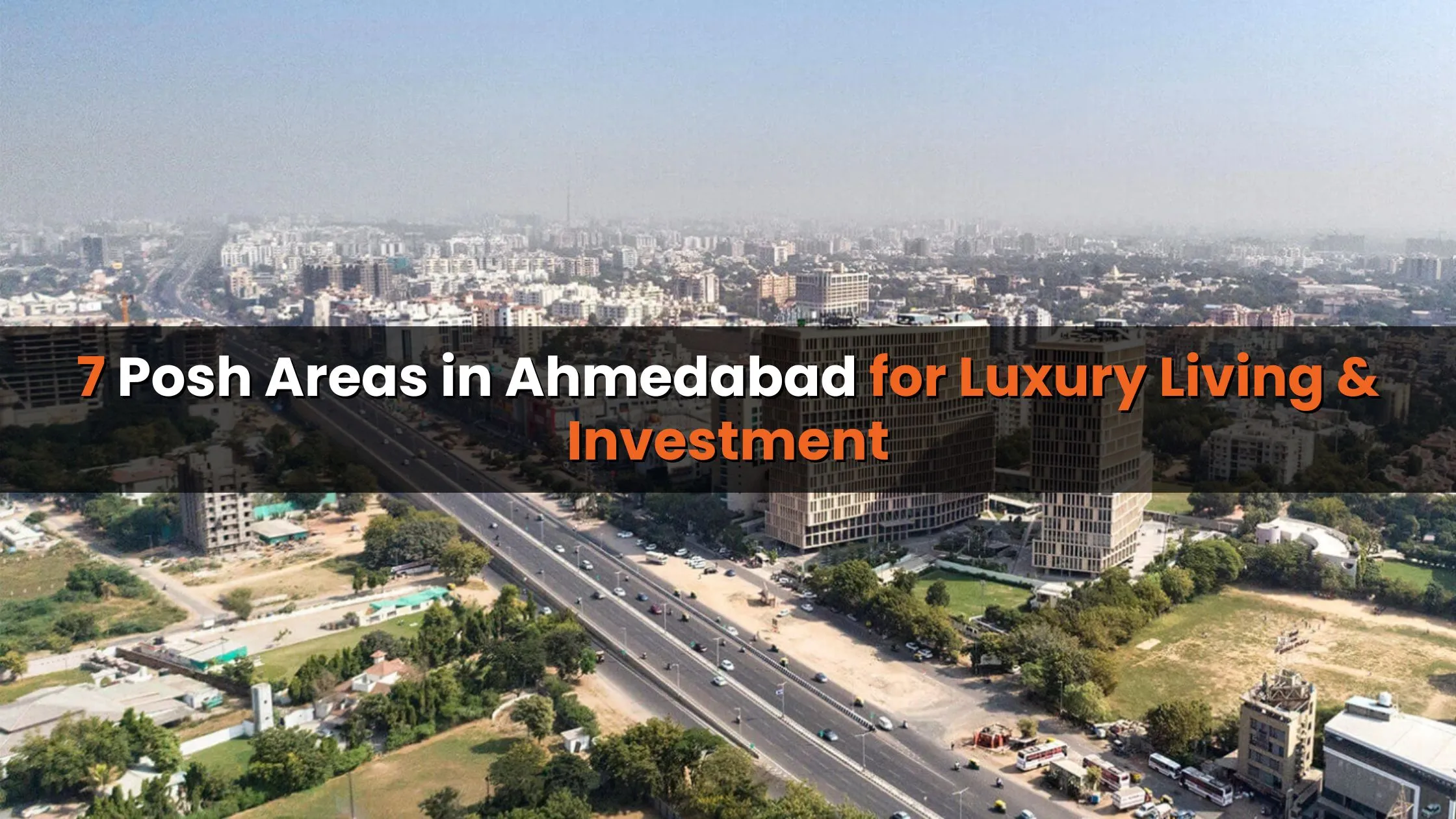
Ans 1. FAR, or Floor Area Ratio, is the ratio of a building’s total constructed area to the size of its plot. It determines how much construction is permissible on a given land parcel. Increasing FAR allows developers to build larger, more efficient projects, which can attract more businesses and investment.
Ans 2. The proposal focuses on IT, ITES, and biotech plots. GNIDA has suggested doubling FAR for these categories, though a phased approach is recommended depending on road width, with plots on wider roads eligible for higher FAR.
Ans 3. The committee proposed that plots on roads narrower than 24 meters maintain the existing FAR of 2, while plots on roads 24 meters or wider could have FAR increased to 2.5. This approach aims to balance development potential with infrastructure capacity.
Ans 4. Any FAR above the baseline of 2 would be purchasable, meaning developers can buy additional construction rights. The revenue generated from this can be reinvested in upgrading local infrastructure such as roads, water pipelines, and sewage systems.
Ans 5. The demand for larger office spaces, R&D centers, and biotech facilities is rising from both multinational and domestic companies. The current FAR limits restrict development efficiency, and increasing it is seen as essential to attracting global-standard projects and investments.
Ans 6. Higher FAR leads to greater density, which puts additional pressure on civic infrastructure, including water supply, sewage, roads, and utilities. GNIDA plans to reinvest revenues from purchasable FAR into these services to ensure sustainable growth.
Ans 7. Increasing FAR can attract more investments, facilitate the development of large campuses, create jobs, and support ancillary industries such as retail, hospitality, and logistics. It also makes the region more competitive within NCR and aligns it with global land-use standards.
Ans 8. By matching or exceeding FAR policies in nearby Noida, Greater Noida can integrate into the larger NCR technology corridor, attract global firms, and generate synergies across industries. This positions the city as a key player in India’s IT and biotech sectors.
Ans 9. The main risks include overburdening existing infrastructure, traffic congestion, and environmental stress. The success of this policy depends on proper planning, phased implementation, and reinvestment in civic facilities.
Ans 10. The proposal is currently under consideration by the state government. Once approved, implementation will follow in phases based on the committee’s recommendations and infrastructure readiness.